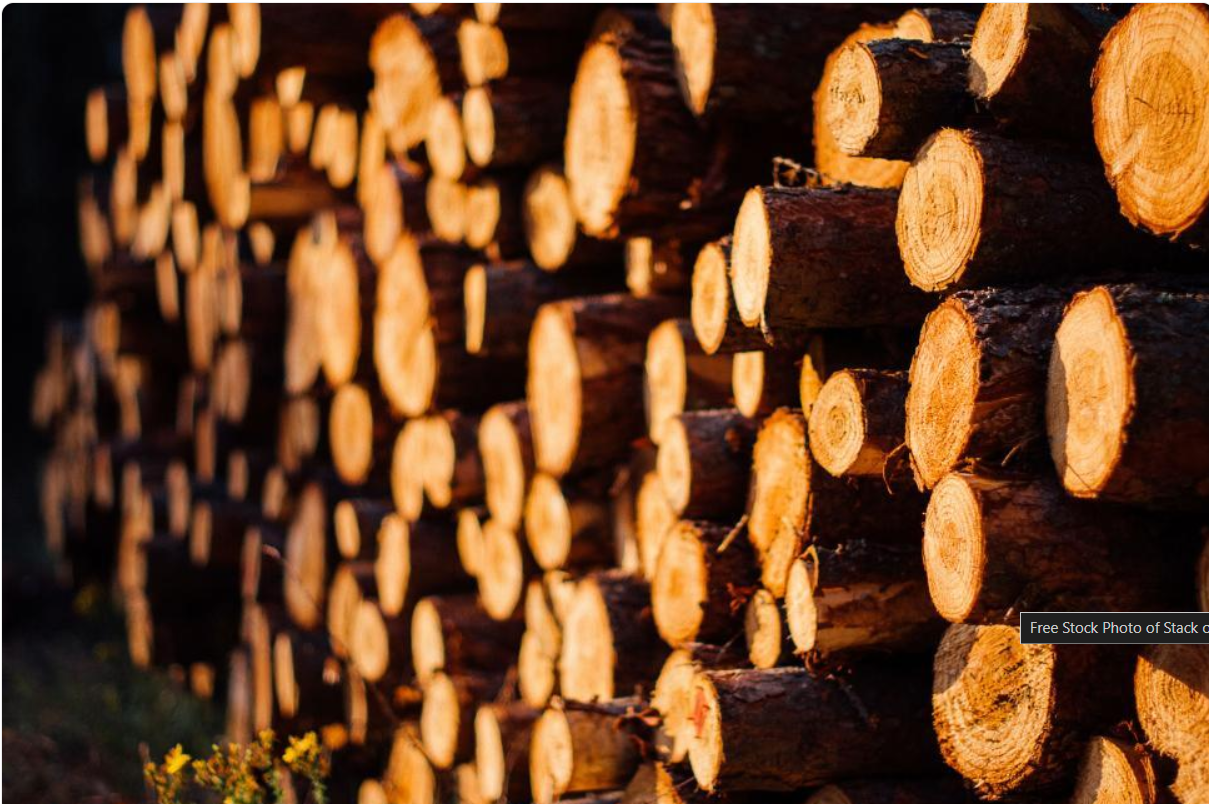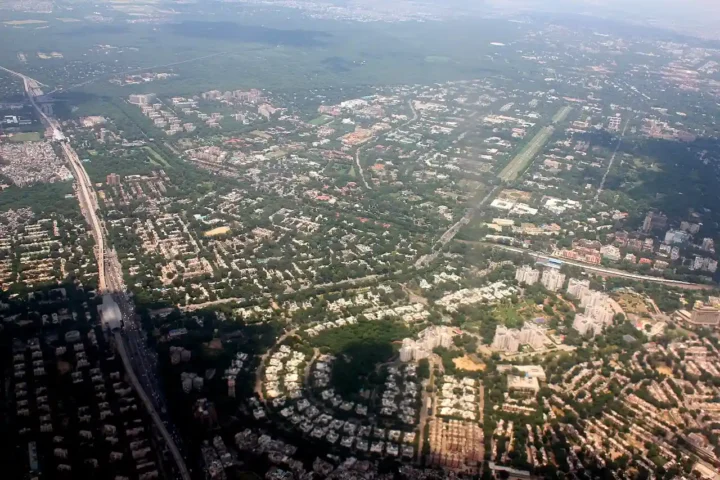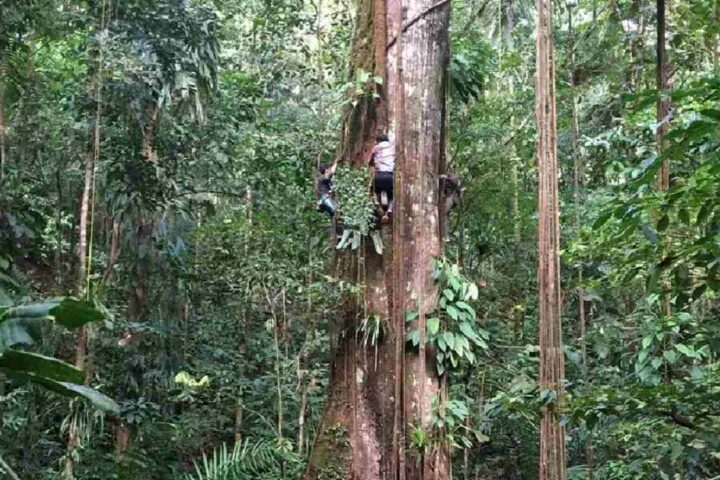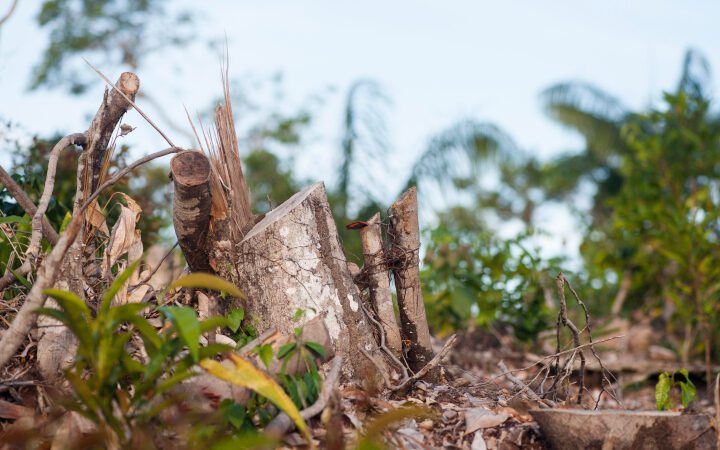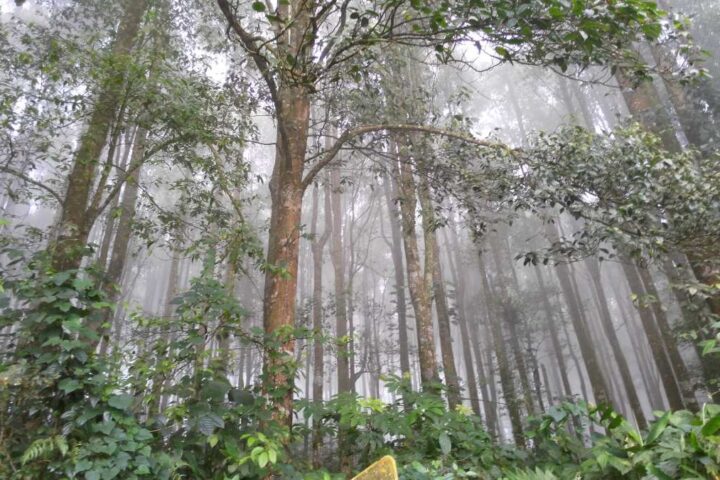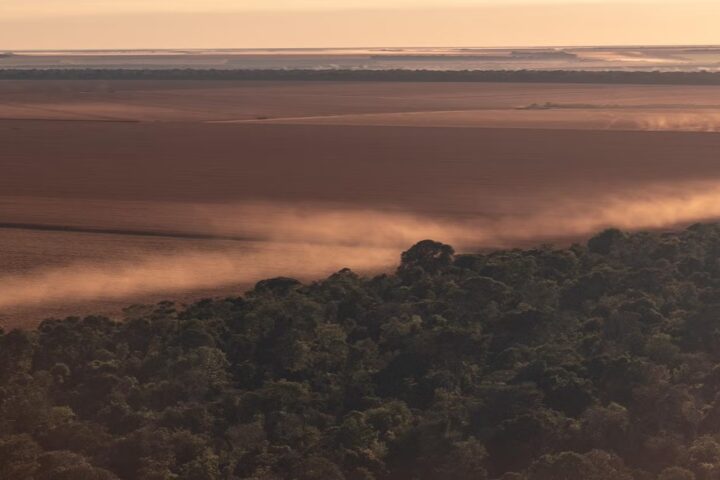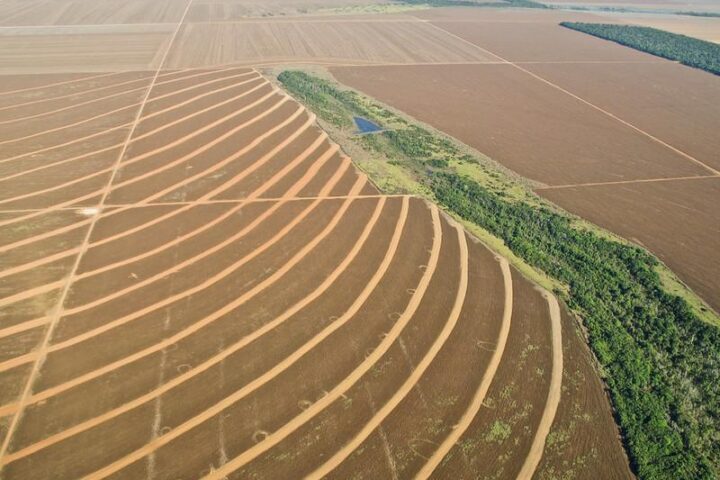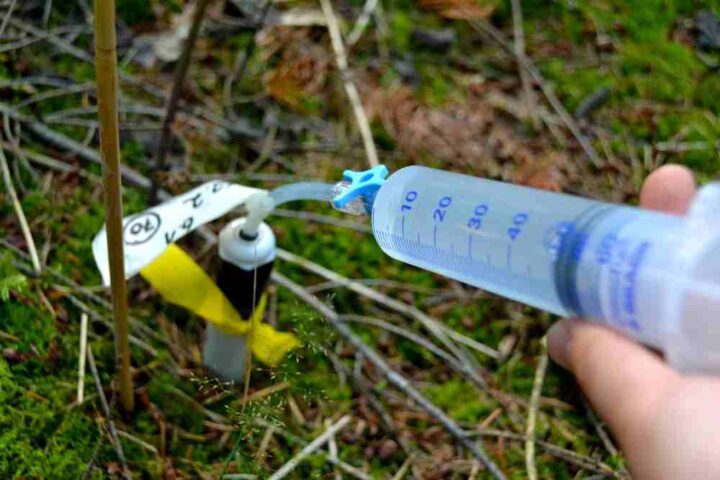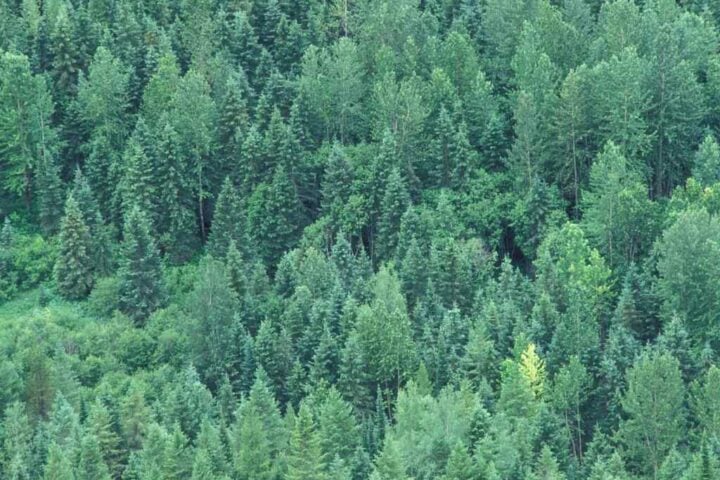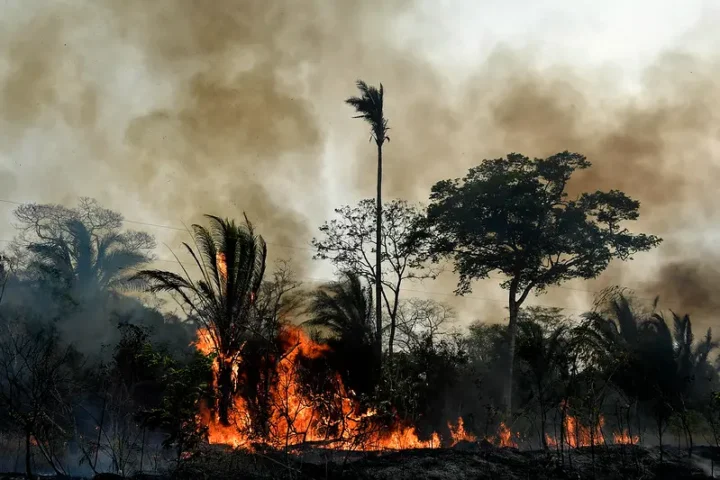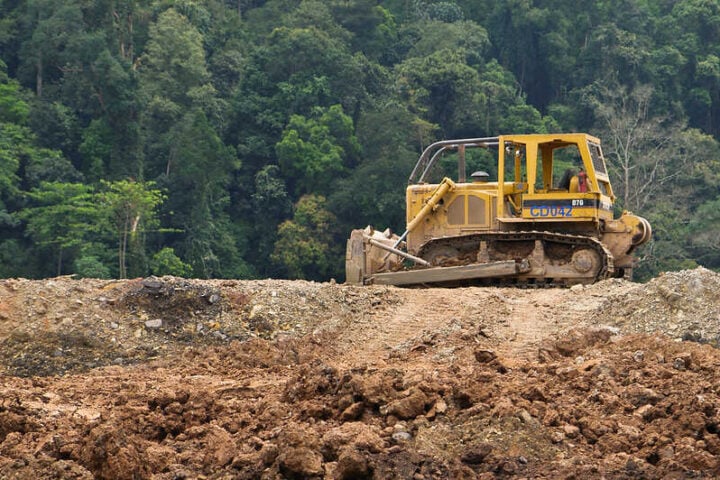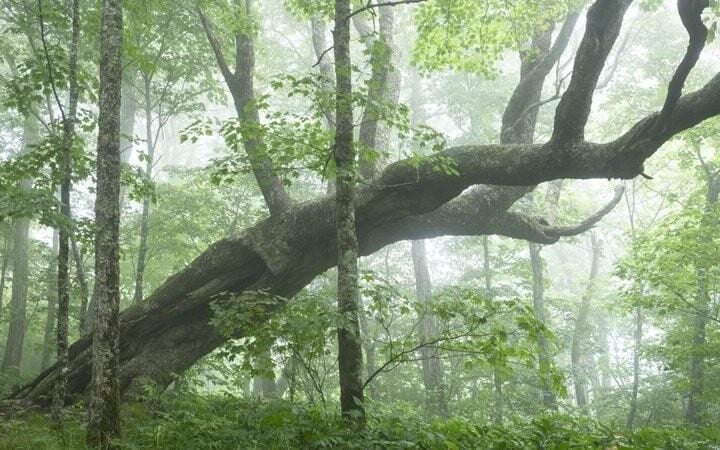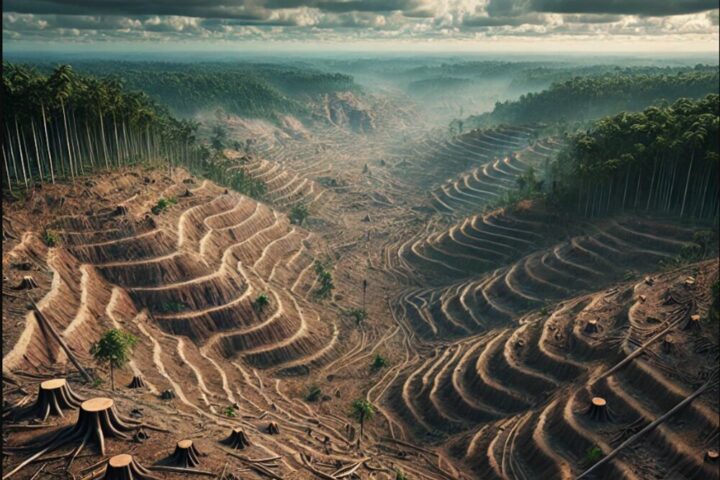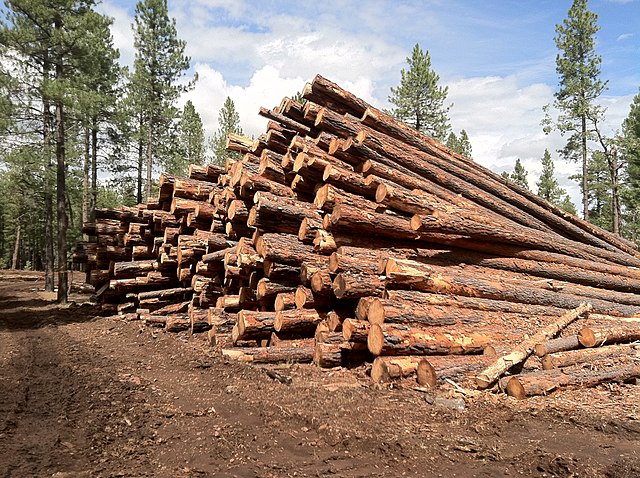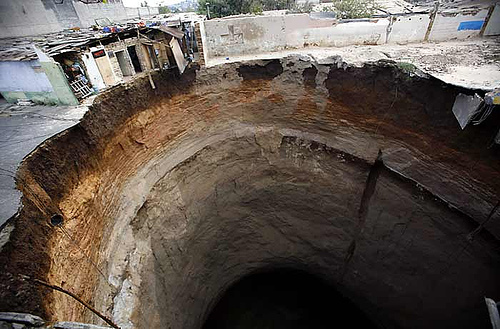A new $23 million federal logging program aimed at reducing wildfire risks has sparked intense debate about forest management and community safety. The initiative targets areas where wildfires pose significant threats to communities and infrastructure.
The U.S. Department of Agriculture’s plan will pay for removing dead trees, fallen branches, and dense undergrowth from national forests – materials classified as hazardous fuels. This timber will go to processing facilities for manufacturing wood products and wood energy services, creating potential economic opportunities in rural areas.
USDA Secretary Brooke Rollins has marked 112.6 million acres – nearly 60% of national forest lands – for fast-tracked logging. This massive expansion bypasses some typical environmental reviews to speed up tree removal. The timber industry expects a 25% increase in wood production from these lands.
In fire-prone regions, dense undergrowth and dead trees can intensify fire behavior. However, the relationship between logging and fire prevention remains complex.
Similar Posts
“When logging companies remove the largest, oldest trees, they often leave behind smaller trees and debris that can make fires spread even faster,” explains Dr. Dominick DellaSala of Wild Heritage. These older trees naturally resist fire with their thick bark. Without them, forests become more vulnerable to flames.
The numbers tell a concerning story about logging’s environmental impact. Current U.S. logging operations release about 723 million tonnes of carbon dioxide yearly – more than wildfires and insect damage combined. This adds to climate change, which makes forests hotter and drier.
The program’s economic effects touch multiple regions. While it may create timber jobs, former Forest Supervisor Mary Erickson points to a critical problem: “Many areas no longer have sawmills to process this wood.” The industry has changed dramatically, with numerous processing facilities closing over the decades.
Fire scientist Dr. Susan Prichard explains why today’s forests burn differently: “Warmer temperatures and longer droughts from climate change are creating perfect conditions for intense fires, regardless of how much timber we remove.”
When forests are heavily logged, soil erosion can impact water quality in nearby waterways. The removal of trees also affects wildlife habitats. The Forest Service’s program offers grants through June 20, 2025, prioritizing high-risk areas near critical infrastructure.
President Trump’s executive order pushes for more domestic timber production, aiming to reduce reliance on foreign wood. Secretary Rollins believes this will create jobs while making forests safer. However, environmental groups warn that rushing to log more trees could backfire, leaving forests more vulnerable to fire.
The initiative’s timing is crucial as fire seasons grow longer and more severe. Communities that depend on healthy forests for water resources and economic activities watch closely to see whether increased logging will help protect them or create new challenges.
The outcome of this forest management approach carries significant implications for both environmental health and community safety as forest managers try to reduce fire risks while preserving the ecological benefits that healthy forests provide.
